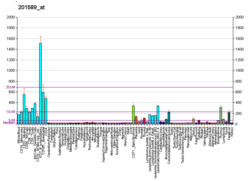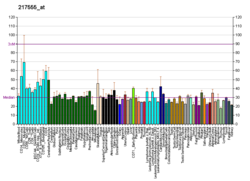| SMC1A | |||||||||||||||||||||||||||||||||||||||||||||||||||
|---|---|---|---|---|---|---|---|---|---|---|---|---|---|---|---|---|---|---|---|---|---|---|---|---|---|---|---|---|---|---|---|---|---|---|---|---|---|---|---|---|---|---|---|---|---|---|---|---|---|---|---|
| |||||||||||||||||||||||||||||||||||||||||||||||||||
| Identifiers | |||||||||||||||||||||||||||||||||||||||||||||||||||
| Aliases | SMC1A , CDLS2, DXS423E, SB1.8, SMC1, SMC1L1, SMC1alpha, SMCB, structural maintenance of chromosomes 1A, EIEE85, DEE85 | ||||||||||||||||||||||||||||||||||||||||||||||||||
| External IDs | OMIM: 300040; MGI: 1344345; HomoloGene: 4597; GeneCards: SMC1A; OMA:SMC1A - orthologs | ||||||||||||||||||||||||||||||||||||||||||||||||||
| |||||||||||||||||||||||||||||||||||||||||||||||||||
| |||||||||||||||||||||||||||||||||||||||||||||||||||
| |||||||||||||||||||||||||||||||||||||||||||||||||||
| |||||||||||||||||||||||||||||||||||||||||||||||||||
| Wikidata | |||||||||||||||||||||||||||||||||||||||||||||||||||
| |||||||||||||||||||||||||||||||||||||||||||||||||||
Structural maintenance of chromosomes protein 1A (SMC1A) is a protein that in humans is encoded by the SMC1A gene. [5] [6] SMC1A is a subunit of the cohesin complex which mediates sister chromatid cohesion, homologous recombination and DNA looping. In somatic cells, cohesin is formed of SMC1A, SMC3, RAD21 and either SA1 or SA2 whereas in meiosis, cohesin is formed of SMC3, SMC1B, REC8 and SA3.
Contents
- Structure
- Function
- Clinical significance
- Cornelia de Lange syndrome
- Genome instability and cancer
- Notes
- References
SMC1A is a member of the SMC protein family. Members of this family are key regulators of DNA repair, chromosome condensation and chromosome segregation from bacteria to humans. [7]







